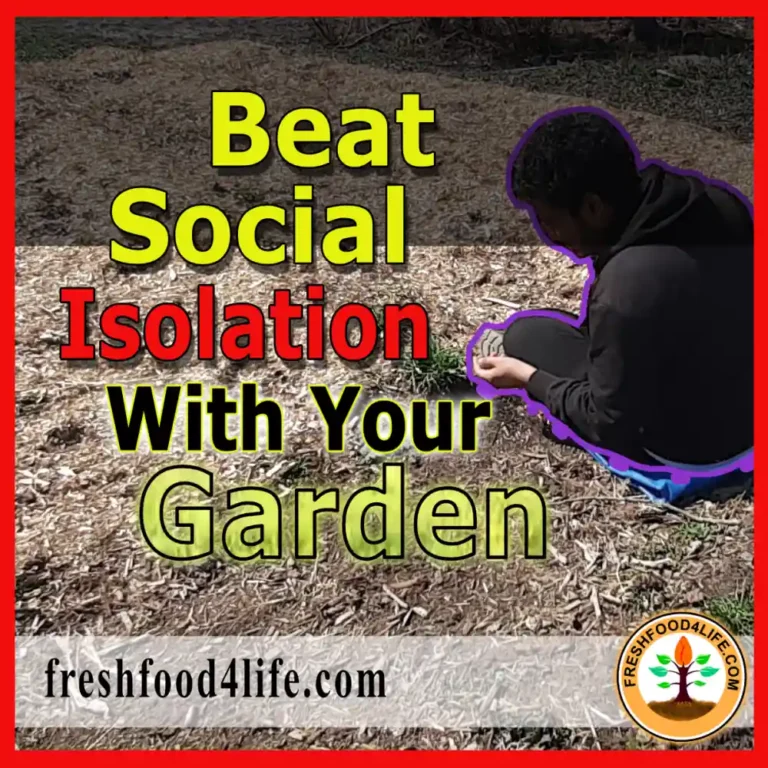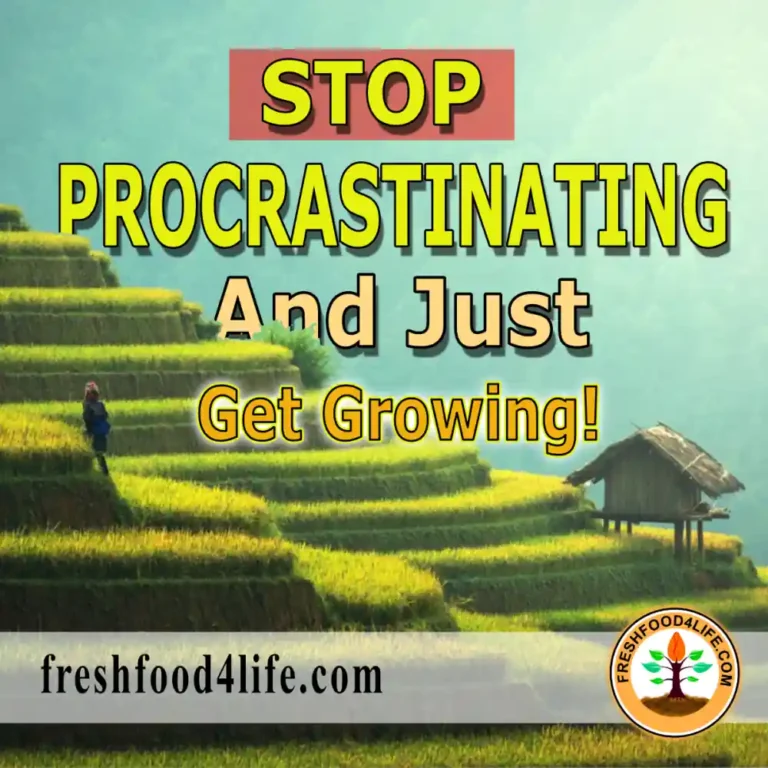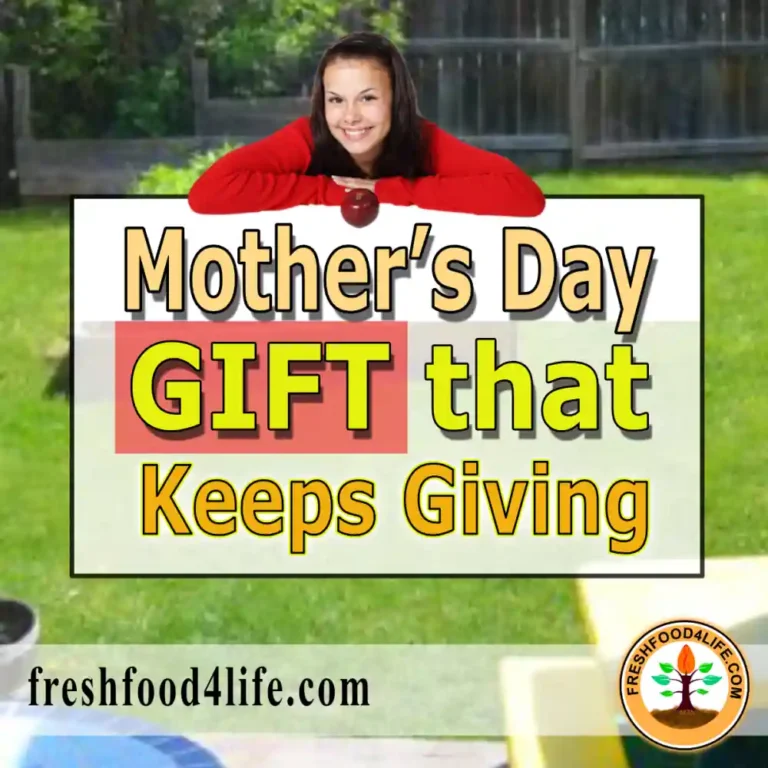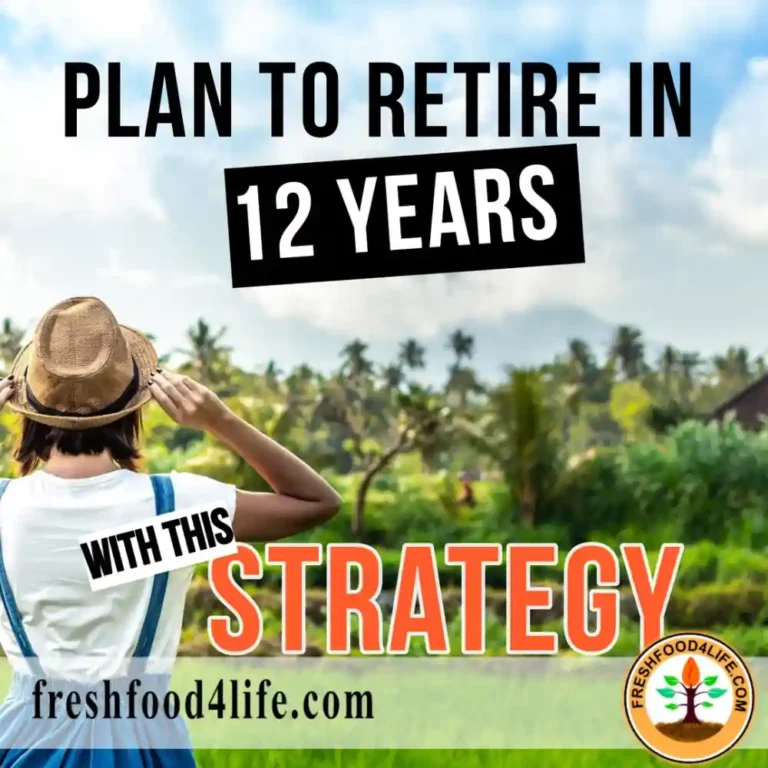Published: January 31, 2025 Last Updated: April 5, 2025

Over the years I’ve written or spoken about the food insecurityFood Insecurity Food insecurity is a sanitized way to describe the risk of hunger or starvation. It refers to household-level economic and social condition represented by limited or uncertain access to adequate food. It is not necessarily synonymous with hunger, although hunger can be an outcome of food insecurity. in Canada and indeed around the world. In this article, I’ll give you my take on how Food Insecurity in Canada with take shape in 2025. Let’s begin!
Table of Contents
Food Insecurity Overview
What is food insecurity? It’s not what people assume, that is, that there is no food available. Having no food available is famine and that is a larger problem connected with the earth and heaven. To put it simple, food insecurity is not having access to the right food in the right amounts in order to maintain good health. That is the key: ACCESS.
Abundance of Food
Canada and the USA both have an abundance of food. They both have fertile lands that produce crops abundantly. Both countries have access to machinery and technology that enables farmers to work the ground more efficiently and obtain greater harvests for inputs. Both countries are importers of tons of fruits, vegetables, and other crops from around the world. There is no famine in Canada. That is, there is no situation where both heaven and earth are working together to cause plants to not grow. Food is plentiful and abundant in Canada yet little Canada, with a population of 41 million had over 2 million users of foodbanks in 2024.
Man-Made Causes of Food Insecurity
Having lived in both a third world country in the Caribbean and lived in Canada, I can say that much of the food insecurity in Canada is man-made. What do I mean? Access to good food is restrict or denied through policies and practices designed to maximize profits for corporations. Here are some examples of what I mean:
Neighbourhood Food Sources: Back in the islands, if a person is hungry, they can go pick some bananas or breadfruit or mangoes from a neighbour’s yard to eat to fight off hunger. In Canada, homes are constructed without room for any trees and so neigbourhoods are food deserts. Homeowners are not encouraged to grow fruit trees and so there is no change to the food desert situation. People are told to place more value on lawns instead of actual food providing plant life.
Community Food Markets: In the islands it is very easy for the poor and working poor to get access to a stall in a local food market to sell their produce. There are basically ZERO barriers to them to add their resources into the marketplace because food is an essential item for life. While in Canada, there are numerous barriers to prevent participation by backyard growers in the food marketplace. This ensures that there is little to no competition for the already entrenched middlemen or food retailers who turn an essential ingredient for life into a commodity for maximum profit.
Food Dumping or Tilling Back Into The Soil: This is the worst example of man-made food insecurity in the making. We saw this especially during covid-19 when farmers could not get their produce out of the fields and into the supermarkets. Farmers were forced to till their watermelons back into the soil. Other farmers had tons of potatoes with no access to supermarkets which had to be tilled into the soil before they spoiled. There were other stories like this with tomatoes. Covid showed farmers how powerless they were if government decided to shut down the marketplace. But in good times, some farmers voluntarily till their crops back into the soil in order to keep prices of that crop high. So ordinary people can starve for the sake of higher profits for the food retailers who control the prices farmers are paid. By creating artificial scarcityArtificial scarcity It is the deception that there is not enough of a thing when in fact there is a lot more of that thing available. It is a marketing tool to manipulate the buyer and trigger a buying frenzy in customers because of a fear that the artificially scarce thing will run out. It can also be used as an excuse to raise prices and price gouge consumers because of the thing being scarce. instead of a glutGlut It means to flood (the market) with goods so that supply exceeds demand. Whenever there is an excessive amount of any items (oranges, oil, tomatoes) produced than the buyer market is able to absorb, it is referred to as a glut. Food retailers benefit when there is food scarcity while regular people benefit when there is a glut., food prices are forced to remain artificially high this denying access to the poorest of the population.
Canada vs Global Food Insecurity
There is no reason why Canada cannot be a leader in eliminating food insecurity. Canada has the land and it has a low enough population that it is possible to get global bragging rights as the country that eliminated food insecurity. But Canada’s leaders in the past have not demonstrated that vision or fortitude needed to take Canada from being a second class world citizen to being a leader. Note the following:
- In 2020, Canada ranked 25th for food affordability in the world with countries like Australia, Singapore and Holland topping the list.
- Food inflation in Canada has gone through the roof since 2015 and everyone who walks into a Canadian supermarket can see it when they look at the prices of the products on the shelves. Government statistics on inflation are unreliable since they keep changing the items in the food basket being compared from time to time.
Canada’s Dismal Outlook In 2025
According to the latest report on Food Prices out of the university of Dalhousie, food prices are expected to increase by 3 to 5% in 2025. This forecast could not have anticipated the price volatility that could be caused by the United States tariffs which will increase prices on various things in Canada. However let’s look at some of the expectations of the authors of the report:
- Expect a family of 4 to spend $16,883 on food in 2025. (that’s not organic food by the way)
- Bakery goods will increase by 2% to 4%. Dairy goods will increase by 2% to 4%. Meats will increase by 4% to 6%. Restaurants will increase by 3% to 5%. Vegetables will increase by 3% to 5%.
- Food Insecurity impacted 22.9% of Canadians in 2023, affecting 8.7 million people, including 2.1 million children.
- Canada’s Food bank usage doubled to 2 million users in 2024 as compared with 2019.
- There is now considerable economic pressure on youth with 40% of Gen Z borrowing or using savings to afford food, compared to 20% of boomers.
Why Should We Care About Canadians Not Getting Access To Food
From a human and spiritual perspective, there’s “love your neighbour as you love yourself,” and “do onto others as you would have them do onto you.” When 8.7 million Canadians including 2.1 million Canadian children don’t have proper access to good food for proper health, we are hurting ourselves and our nation. There are direct physical health risks such as higher likelihood of infectious diseases, poor oral health, chronic illness, and heart disease in food-insecure households. Let’s not forget about the mental health of a person constantly stressed about where the next meal is coming from or how can that person afford rent and food this month. Depression, anxiety, stress, afflict both adults and children trapped in food insecurity. And I suspect that chronic exposure to food insecurity within households leads members of that household to develop a form of PTSD around food. If we as a community allow this, then that’s not loving your neighbour as yourself.
How Can We Do Better
When Jenny and I wrote the book, Fresh Food4Life, back in 2012, we talked about the total dependence on the food supply system and how crippling that could be for any society and especially those people in the city. The way Covid-19 impacted food supply systems proved us correct. Today, I see some food struggles in 2025 but here are some ways the wise can avoid it.
- Invest in your gardening knowledge: If you and/or your neighbours do not know about the value of growing food, you need to get educated. It is the only way to emancipate yourself from the total reliance on the industrial food supply system. Even if you can cut your grocery bill in half from $16,000 per year to $8000, you will benefit tremendously. Subscribe to our YouTube channel to get videos on growing.
- Become part of a community: You’re on here so that’s a great step. You need to be part of a community of growers online and in your local area. That way, you can share ideas from all over and refine those ideas closer to home. You can join our mailing list to stay connected to us and get important tips and ideas.
- Challenge Yourself to Get Growing: Every year we encourage people to get growing. There are so many things that can be grown from edible flowers, herbs, vegetables, and fruit trees. The biggest challenge is to take that first step to get started. That’s partially why we created annual Get Growing ChallengeGet Growing Challenge This is the annual fun gardening challenge from the creators of FreshFood4Life. The intention of this challenge is to make gardening fun for everyone including kids, teens, adults, and seniors. It is about bringing people together and building a community.. It’s a fun way for people including us to play and try out new things in the gardenhome garden A designated area around a residential property where individuals cultivate plants, fruits, vegetables, or ornamental plants for personal use. It comprises a farming system that combines physical, social, and economic functions on the area of land around a family home, providing a sustainable source of food and other benefits for the household, extended family, and friends.. We encourage others to send us photos of the garden which we showcase in a video so everyone can enjoy. Check out this years challenge from May 3 to Sept 5 to give yourself the motivation: https://freshfood4life.com/2025-get-growing-challenge
- Lobby your Local Elected Official: When they want to get elected, politicians try to focus on the issues that they think impact you and thousands or millions of other voters. I’ve heard them talk about housing as a priority. I’ve heard them talk about food as a priority too. But their approach to solving food insecurity only amounts to trusting the institutional food retailers to hold themselves to a higher standard. What needs to be done at every level, municipal, provincial, and federal is to reduce barriers to backyard gardeners growing food and selling it in local marketplaces. Imagine comparing it to the power grid supplying 10,000 homes. But 2,000 homes have solar power that feeds excess energy back into the grid. Those 2000 homes not only take their burden off the power grid, they might provide enough excess power to meet the needs of an extra 500 homes. Thus there is less stress on the power generation station. If we think of food insecurity like that, we have hundreds or thousands of backyard growers who could grow a little extra to help if the elected leaders and civil servants made it easier. Print out this article and let them read it if you’re shy to talk to them.
Even though I think the situation will get worse, I remain ever hopeful that if more people found out the truth and began to put it into action, we can all gain the benefit of reduced food insecurity in Canada. And maybe ZERO will be the target for food insecurity in Canada one day!
Until next time, continue to learn and grow.
Sources:
https://www.dal.ca/sites/agri-food/research/canada-s-food-price-report-2025.html
https://torontosun.com/opinion/columnists/charlebois-canadas-food-affordability-problem




